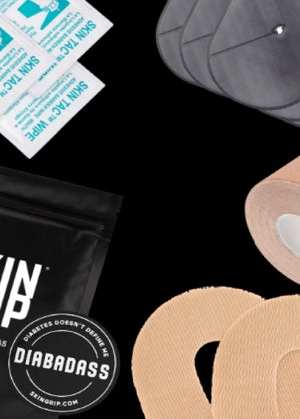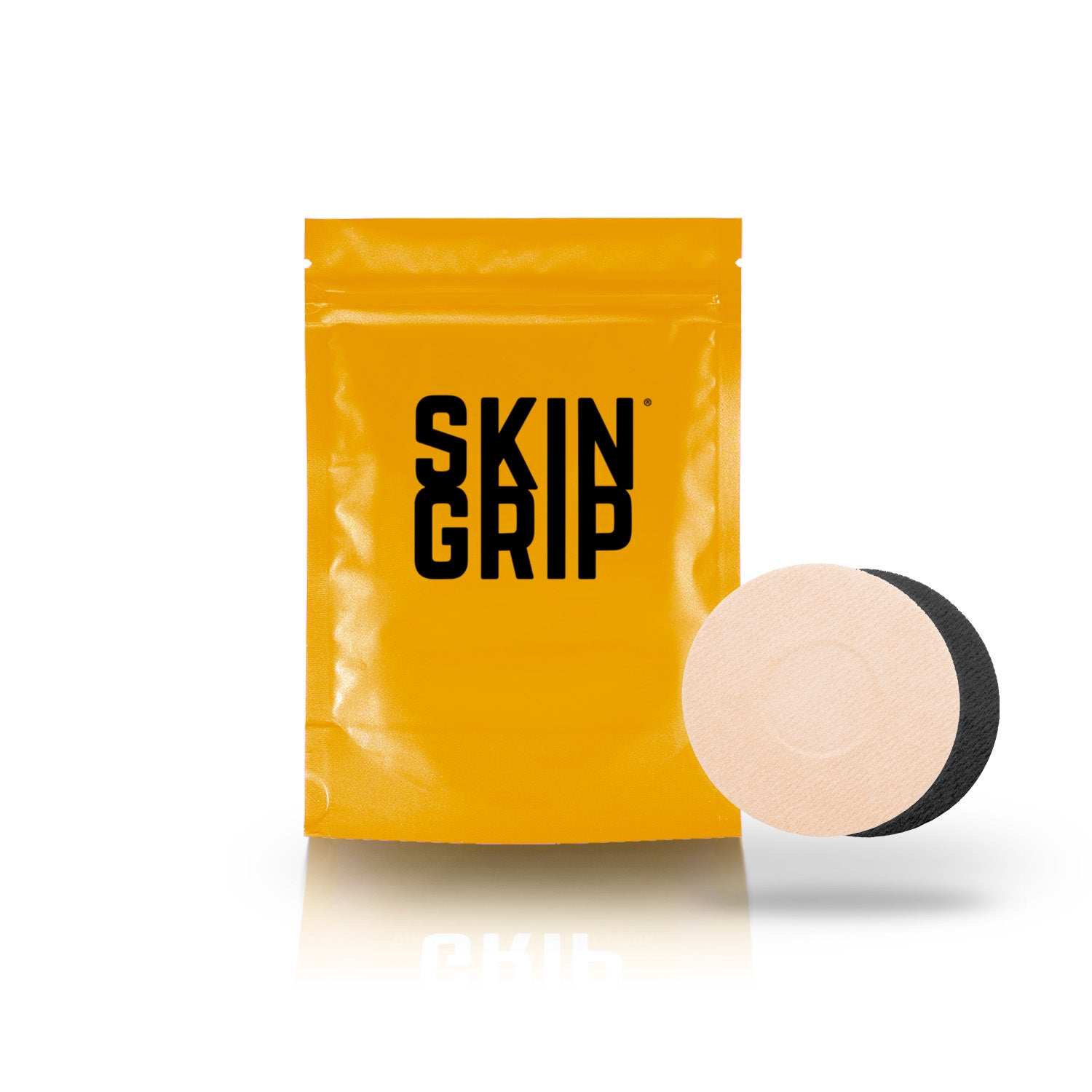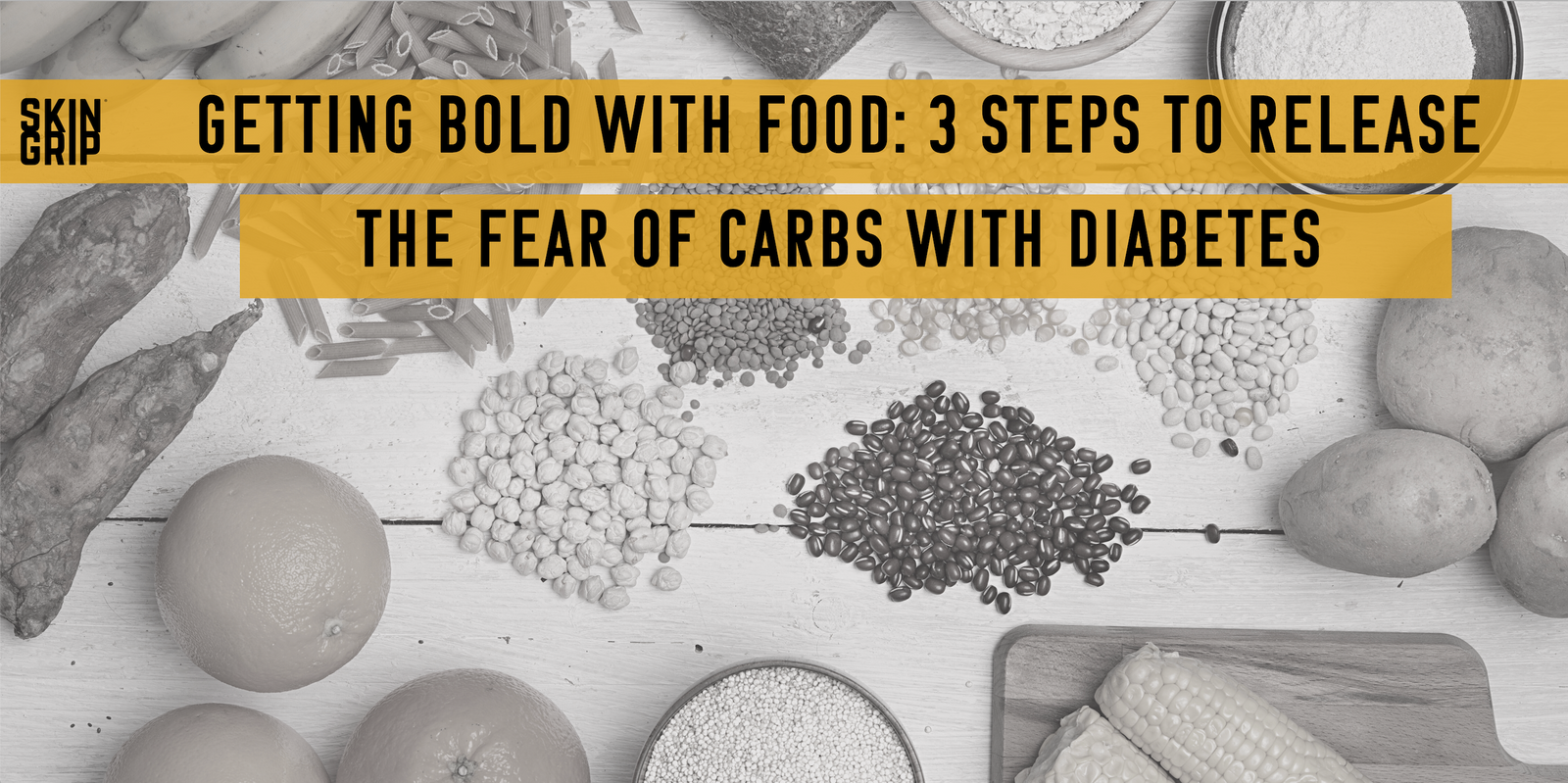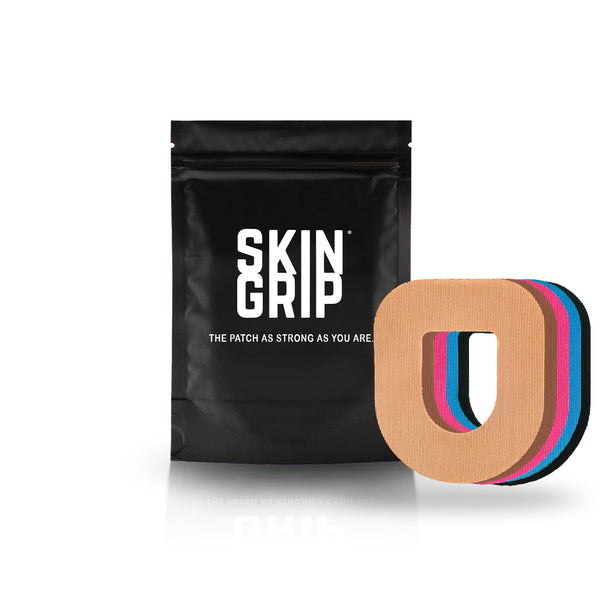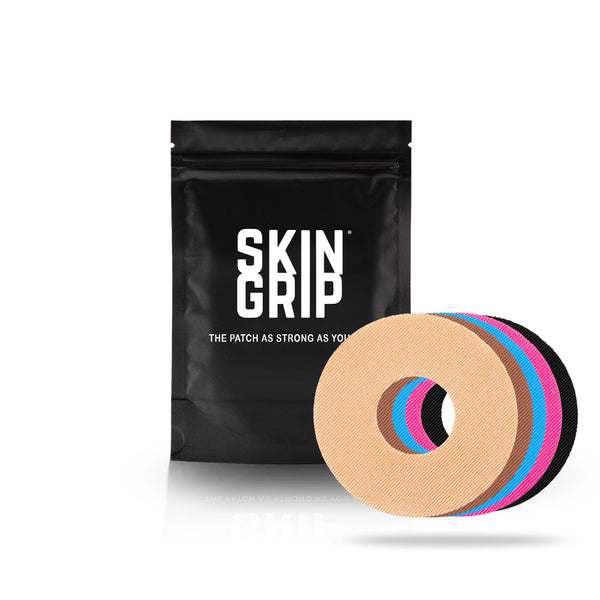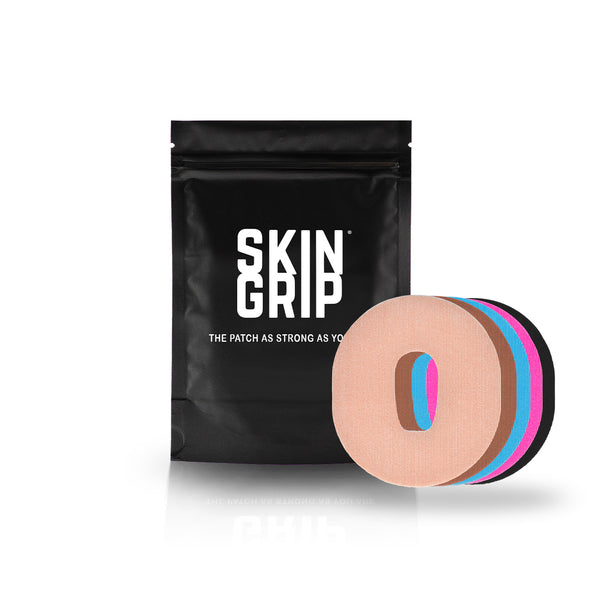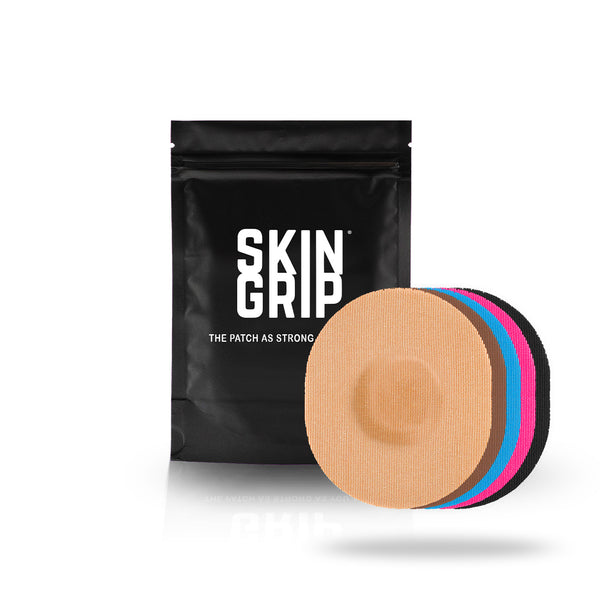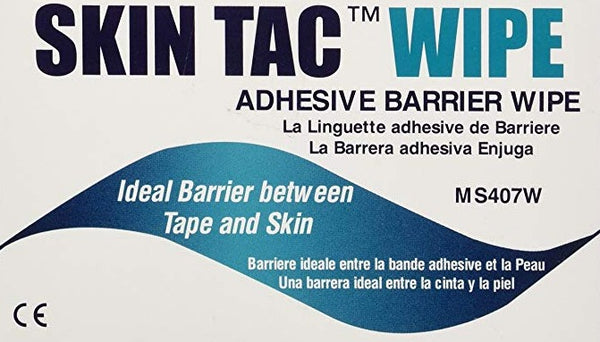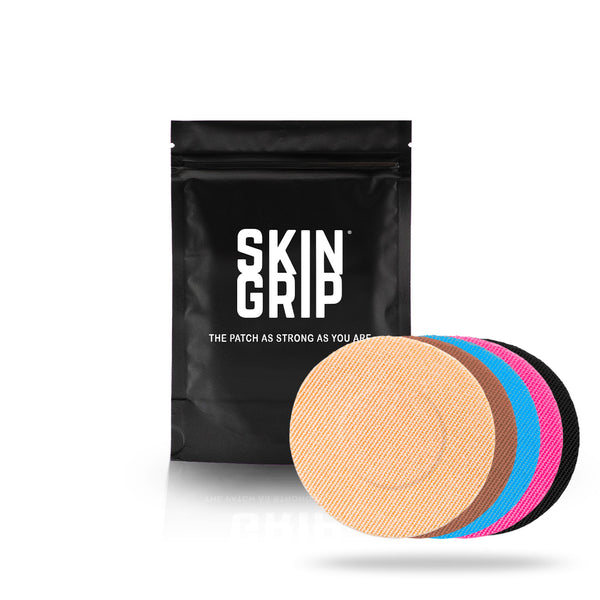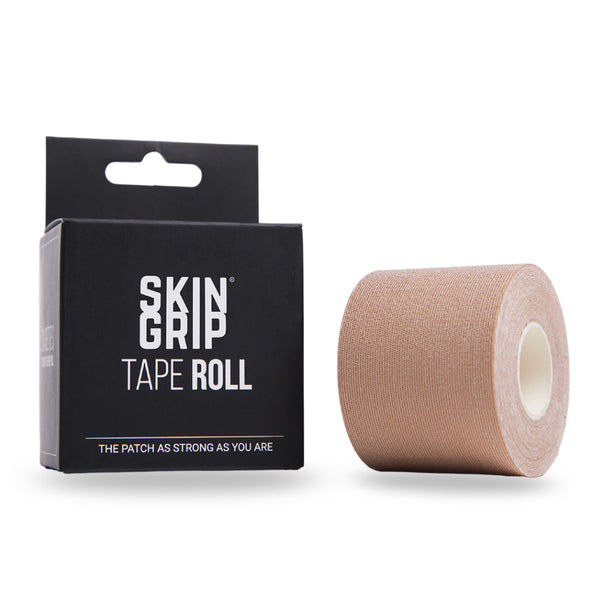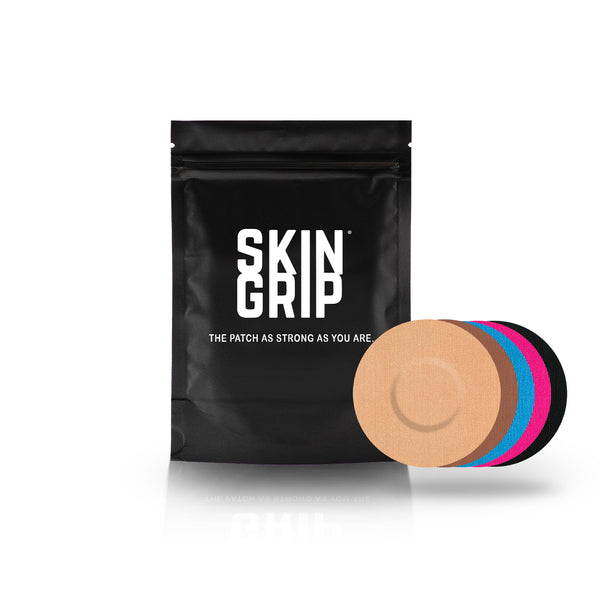 (StockSnap / pixabay)
(StockSnap / pixabay)
You have likely seen countless recipes in newspapers or on the internet that bill themselves as diabetes-friendly. These recipes often feature raw fruits and veggies, or they are simple recipes that swap sugar for a non-sugar sweetener. While these recipes are fine, they aren’t often inspiring. What’s more, it isn’t easy to rely on other people’s recipes. How do we develop our own recipes at home that still work with our dietary needs? How do we adapt family recipes to what works for us?
What Makes a Recipe Diabetes-friendly?
Why are some recipes “bad” and others “good” when it comes to people with diabetes? What are we actually looking for? If we’re insulin-dependent, can’t we just adjust our insulin to our carb count? Or won’t our insulin pump just do its thing? At Skin Grip, we believe knowledge is power. Just like our adhesive tape for diabetic sensors like the Freestyle Libre or Dexcom G6 helps people with diabetes live fearlessly, a little information gives us the tools we need to sleep soundly. The information below can help you turn any recipe into healthy fuel that keeps you moving.
The goal of most recipes developed for people with diabetes is to either lessen the overall effect on blood sugar or lower the food's glycemic index. The glycemic index measures how quickly an individual’s blood sugar rises within the hours following consumption. Rapidly digested and absorbed foods like simple sugars have the highest glycemic index, while foods that are slowly digested or have little effect on blood sugar have the lowest glycemic index. One of the ways we can adapt recipes to make them healthier for people with diabetes is by lowering their glycemic index.
Protein
Pairing proteins with carbohydrates is a simple way to lower the glycemic index of a food. Proteins include meats, fish, eggs, nuts, or even protein powder supplements. While you probably can't add a rib-eye steak to your cupcake recipe, adding ingredients like nuts or nut butters or protein powder might be a simple addition.
You may also try substituting water or oil in many recipes for other high-protein ingredients, like milk or yogurt. In addition to making the recipe friendlier for your blood sugar, these substitutions can add flavor and improve the texture of many foods. For example, using yogurt or sour cream in boxed cake mix instead of oil can bump up the protein content and make a moister, more delicious cake.
Fiber
Fiber is the structural material that is found in plants. All plants have some amount of fiber, but fruits, vegetables, nuts, and legumes like beans or lentils are especially high in fiber. Fiber, while technically a carbohydrate, is actually not digestible by humans. When eaten alongside sugar, fiber actually lowers the sugar's glycemic index, as it causes the body to spend longer digesting the material. This is why fruits, while sweet and sugary, still have a lower glycemic index than a piece of candy with the same number of carbs.
Adding fiber to a recipe can be as simple as switching to whole grain items, adding fruit to your favorite cake, or a cup of chopped nuts to your favorite brownies. You may also be able to add vegetables such as black beans or squash to many of your favorite recipes, like banana bread, brownies, or chocolate cake. Increasing the fiber content means these treats will satisfy your cravings but keep your blood sugar from spiking quite as significantly.
Fats
Fats are often portrayed as the enemy of healthy eating. Every diet book and health guru will tell you that fat is the primary ingredient to avoid. Actually, fat is an important nutrient that our bodies need. Further, they are one of the three macronutrients that help keep us sated after eating. Like protein, fats require the body to digest and break them down before they can be absorbed by the body and used as fuel. As a result, the slow absorption keeps us sated for hours after eating and keeps our blood sugar relatively stable. While they are an important part of balanced diets, don't take this as a license to eat deep-fried butter on a stick. As fats are nearly twice as calorically dense as carbs and proteins, moderation is key, but adding some fats to carb-heavy snacks can balance our meals to keep us fuller and our blood glucose stable throughout the day.
Good sources of fat include nuts and nut butters, oils, fish, and dairy products. Rather than using royal icing on cakes and cookies, why not a buttercream? Rather than eating crackers alone, why not combine them with some peanut butter or cheese? Adding cream to oatmeal or baked goods adds a good source of fat and protein, as well.
Put it all together
Combining these tips gives you a good start at creating healthier alternatives to your favorite snacks. Focus on using high fiber ingredients, adding good sources of protein and fats, and utilizing low-sugar sweeteners to create recipes that are delicious but do the body good. The nice thing about these principles is that they can be used in virtually any recipe or any meal prep. If you use these tricks alongside your usual diet plans like the plate method, managing the foods you eat becomes a snap.

